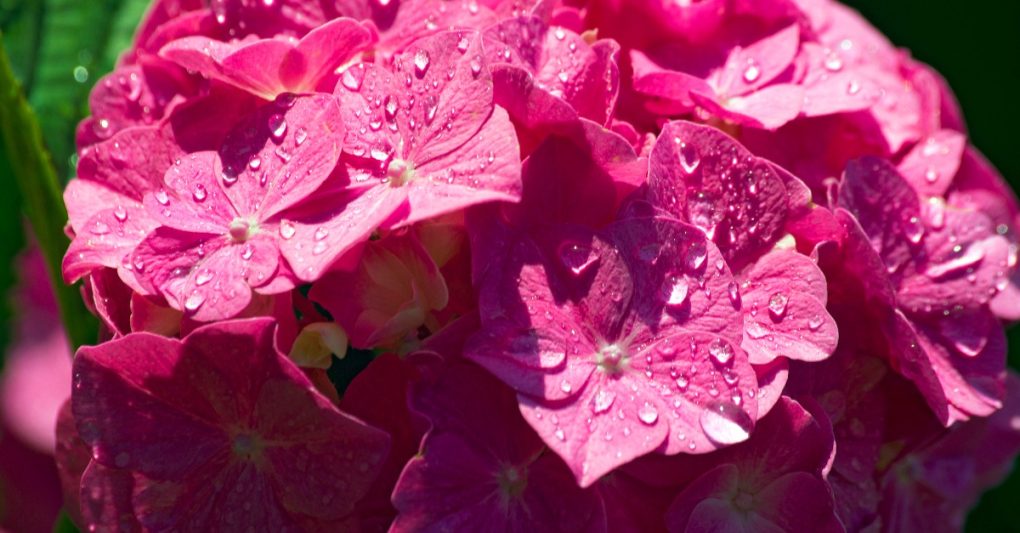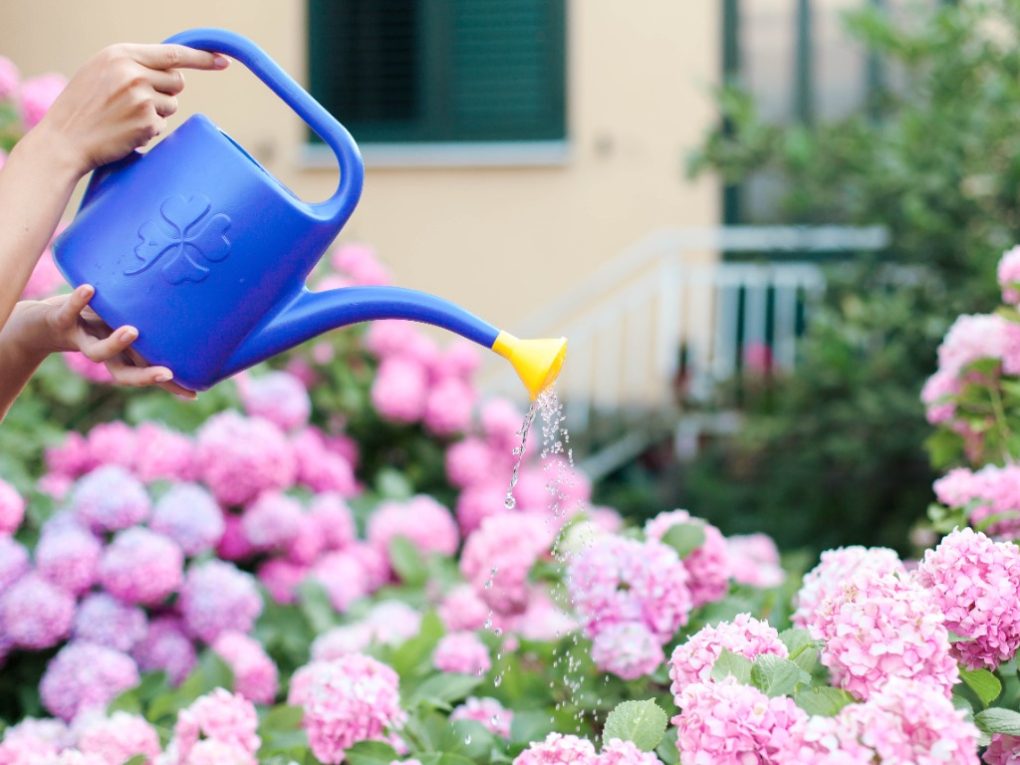Do Hydrangeas Drink Through Their Petals? The Truth Revealed
Hydrangeas are one of the few flower varieties that can absorb water through their petals. This unique ability allows them to stay hydrated and maintain their freshness for longer. Hydrangeas can absorb more water through petals than roots and stems.

Understanding how hydrangeas absorb water can be helpful when it comes to caring for these delicate flowers. Whether you are a gardener looking to keep your hydrangeas healthy or a florist trying to extend the life of your arrangements, knowing how to properly hydrate your hydrangeas can make all the difference.
Table of Contents
Water and Hydrangeas
Water Uptake Mechanisms
Hydrangeas absorb water through all parts of their plant, including petals, stems, and leaves. They also produce a sticky sap that quickly seals off a damaged stem, preventing the bloom from consuming water from a vase. This mechanism helps hydrangeas stay hydrated and healthy, even when cut and placed in a vase.
Hydrangea Water Needs
Hydrangeas need much water to thrive, especially during the hot summer months. It’s important to keep the soil around the plant moist, but not waterlogged, as this can lead to root rot. The best time is to water in the morning before the sun’s heat is strong enough to quickly evaporate soil moisture. Avoid watering at night, which can encourage mold and mildew as moisture passes through the cool night. You should water your hydrangeas through the entire growing season and in late autumn as well. In addition to regular watering, paying attention to the soil pH levels is important. The ideal pH levels for each shade of hydrangea are as follows:

● Blue = below 5.5
● Purple = between 5.5 and 6.5
● White = between 6 and 6.2
If the soil pH is not within the ideal range, the color of the blooms may not be as vibrant as expected. It’s also important to note that the color of some hydrangea blooms can change depending on the soil pH levels. For example, a blue hydrangea can turn pink if the soil pH is too high. Proper hydration and attention to soil pH levels are crucial for maintaining healthy and vibrant hydrangeas.
